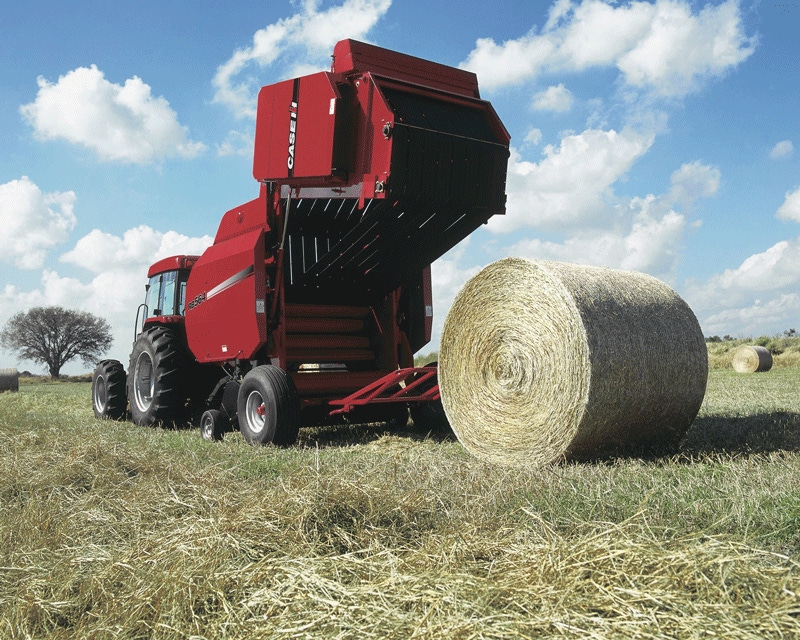
• While many producers were able to make hay during the hot, dry weather the first two weeks of June, producers of alfalfa and alfalfa-mixed grasses were about a month behind with their first cutting.• A significant amount of fescue and fescue-mix grasses also are still in the fields, but there’s a good chance producers can get a quality second cutting.
July 1, 2011

Exceptionally wet weather delayed hay cutting this spring, but producers likely still have time to make enough hay to last them through the winter.
While many producers were able to make hay during the hot, dry weather the first two weeks of June, producers of alfalfa and alfalfa-mixed grasses were about a month behind with their first cutting. This delay will likely cost them one cutting this year.
A significant amount of fescue and fescue-mix grasses also are still in the fields, but there’s a good chance producers can get a quality second cutting, said Tom Keene, hay marketing specialist in the University of Kentucky College of Agriculture.
“For the fescue-type grasses, this isn’t so unusual,” Keene said. “We call this ‘holiday hay’ because it usually doesn’t get cut until the Fourth of July, but by that time, any nutritive value it had is gone.”
Some livestock producers’ hay supplies may be low this year due to either recent drought years when they fed their animals for longer periods of time or increasing their herd size in the past year.
Those producers need to get as much hay from their pastures as possible to ensure their supplies last through the winter.
Those wanting or needing more hay can likely get a good quality second cutting this year, but they need to replace the nitrogen lost from the first cutting, especially if they didn’t apply any this spring.
“As long as we continue to get rain, there’s a good chance of getting a quality second cutting of grass pastures, but producers need to apply nitrogen, about 40 pounds per acre, to ensure the ground has the nutrients it needs,” Keene said.
“If they don’t want a second cutting, applying nitrogen to fields now will also give producers good late summer pasture for their animals to graze. The biggest risk associated with the nitrogen application is if it stops raining.”
You May Also Like



